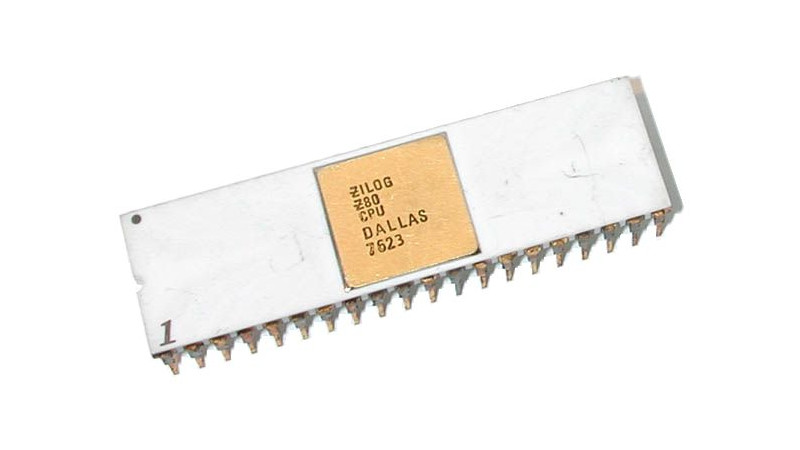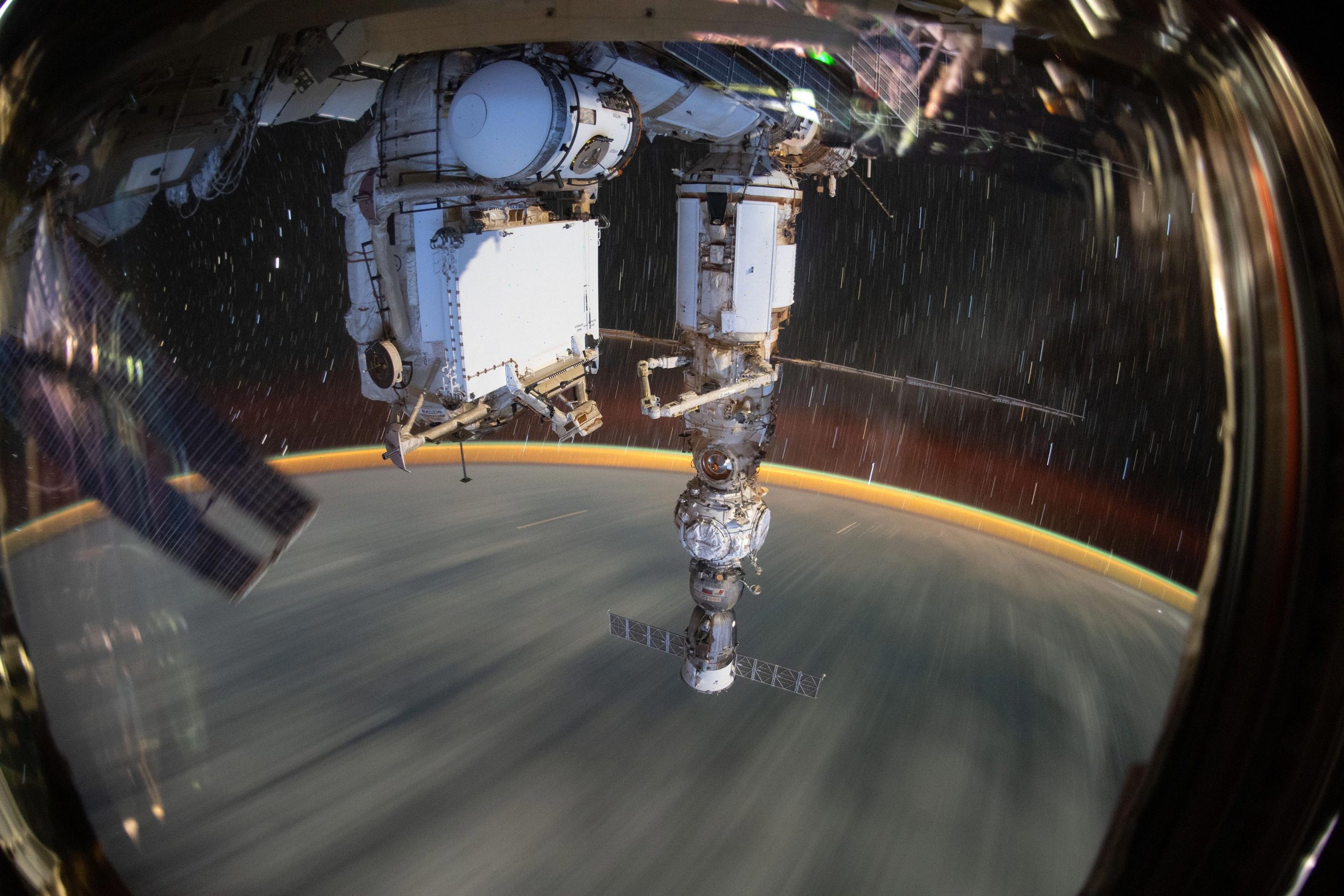La navicella spaziale Soyuz MS-23 è decollata dal cosmodromo di Baikonur in Kazakistan alle 19:24 EDT. Credito: televisione della NASA
Dopo il lancio alle 19:24[{” attribute=””>EST on Thursday, February 23, from the Baikonur Cosmodrome in Kazakhstan, the uncrewed Soyuz spacecraft is safely in orbit headed for the International Space Station (ISS). Although Soyuz MS-23 is dubbed a “rescue” spacecraft in the media, NASA refers to it as a “replacement.” The ship will return the crew originally meant to ride Soyuz MS-22 back to Earth, before it was deemed “not viable for a normal crew return” because of a radiator coolant leak,
After a two-day journey, the unpiloted spacecraft will dock automatically to the Poisk module’s space-facing port at 8:01 p.m. Saturday, February 25. NASA coverage of rendezvous and docking will begin at 7:15 p.m. on NASA Television, the NASA app, and the agency’s website.

This long-duration photograph shows the Earth 259 miles below a soaring International Space Station. In the foreground, is the Soyuz MS-21 crew ship docked to the Prichal docking module which is itself attached to the Nauka multipurpose laboratory module. Credit: NASA
This new Soyuz will replace the Soyuz MS-22 spacecraft following a radiator coolant leak on December 14, 2022. The Soyuz MS-22 transported NASA astronaut Frank Rubio and Roscosmos cosmonauts Sergey Prokopyev and Dmitri Petelin to the space station last September. The three crew members will return to Earth on the new Soyuz MS-23 later this year.
The damaged Soyuz MS-22 is scheduled to undock from the station in late March and return to Earth for an uncrewed parachute-assisted landing in Kazakhstan, and post-flight analysis by Roscosmos.

“Giocatore. Aspirante evangelista della birra. Professionista della cultura pop. Amante dei viaggi. Sostenitore dei social media.”






More Stories
Il nucleo di Plutone è stato probabilmente creato da un'antica collisione
Il nucleo di Plutone è stato probabilmente creato da un'antica collisione
Un fenomeno simile ad un arcobaleno potrebbe brillare sull’infernale esopianeta WASP-76b